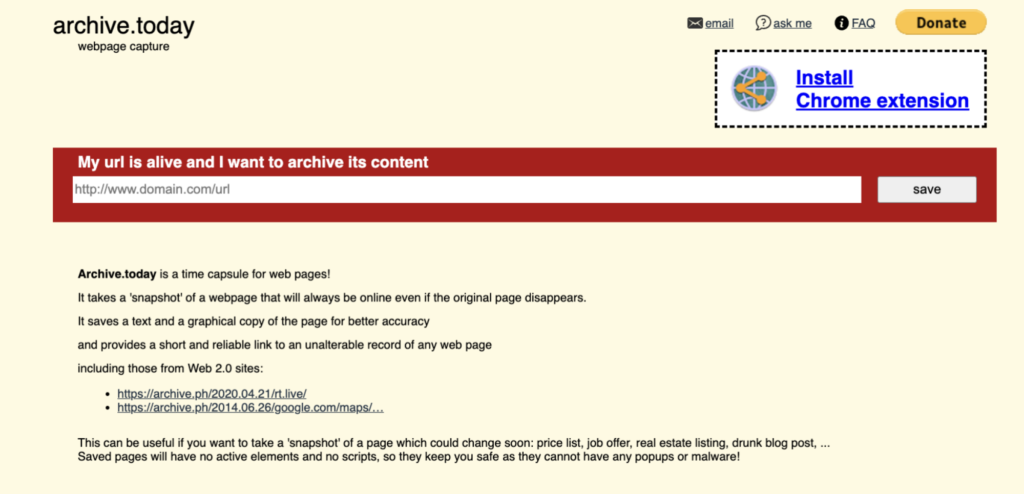The Changing Landscape of Online Content: Dealing with Paywalls
The internet has changed significantly in recent years, especially when it comes to accessing content online. Once dominated by free articles and information available at a click, many websites have now introduced paywalls, requiring users to pay a monthly subscription fee to access their articles. This shift has mainly affected news websites, where relying solely on advertising revenue has become challenging. This article delves into the reasons for these paywalls, the options available to bypass them, and suggestions for approaching this situation ethically.
Understanding Paywalls
What is a Paywall?
Paywalls are essentially barriers set by websites that restrict access to certain content until users pay a fee. The two main types of paywalls are:
-
Hard Paywalls: These prevent users from accessing any content without a subscription. Users must pay to see even one article.
- Metered Paywalls: Users can access a limited number of articles for free each month. Once this limit is reached, payment is required to continue reading.
While it may feel frustrating to encounter a paywall just when you want to read an article, it is essential to understand that supporting journalism through subscriptions is a great way to ensure that quality information continues to be available.
Reasons Behind Paywalls
Many websites rely on paywalls because traditional advertising has diminished in effectiveness. With the rise of ad-blockers and reduced attention paid to ads, media companies are seeking new revenue streams. While it’s noble to support quality journalism, there may be times when you need immediate access to information and cannot navigate around a paywall.
Bypassing Paywalls: Ethical Considerations
While there are ways to bypass paywalls, it’s important to approach this with caution and integrity. Always consider supporting journalism where possible. However, if you find yourself needing access quickly, here are some methods you can try.
The Best Way to Bypass Paywalls
Archive.today
One of the most reliable methods to bypass a paywall is by using Archive.today. This service allows users to create archived versions of web pages. Here’s how it works:
- Visit Archive.today.
- Paste the URL of the paywalled article.
- It generates an archived version that you can access without any paywall restrictions.
This method is typically effective as it saves both text and images from the page, allowing you to access a snapshot of the original content. You can also install a browser extension to streamline this process further.
More Easy Methods to Try
There are additional tools available to bypass paywalls easily:
12ft.io
- 12ft.io is designed solely to bypass paywalls. Paste the link into the site, and it will provide you the unpaywalled version. However, it may not work on all sites.
Shacklefree
- Similar to 12ft.io, shacklefree.in claims to operate successfully on many websites. The process is the same—just paste the URL and access the content for free.
Spaywall
- Spaywall also aims to help users legally bypass paywalls by redirecting them to archived versions of articles.
Smry.ai
- With smry.ai, you can access a cached version of the paywalled content. It even offers AI-generated summaries of the articles, which may help when deciding whether to delve deeper.
Remove Paywalls
- This site works similarly to others mentioned and allows users to access archived content conveniently.
More Technical Solutions
If you are comfortable with technology, here are some advanced options to consider:
Disabling JavaScript
Some websites use JavaScript to enforce paywalls. By disabling JavaScript in your browser settings, you may be able to view content normally hidden behind paywalls. Be aware that this may break some sites, so it’s advisable to use a secondary browser for this purpose.
Use of VPN
For sites allowing a limited number of article views per month, a VPN can change your IP address. This may trick the website into allowing additional free views.
Browser Extensions
You can also explore various browser add-ons like Unpaywall for academic content or Postlight Reader, which cleans up clutter on article pages for easier reading.
Editing Web Elements
If you have HTML and CSS knowledge, you can edit the page elements that hide content. This requires right-clicking on the paywall banner and using the Inspect Element feature, but it may not work on all sites.
Mobile Solutions
For mobile readers, Android users can download the Bypass Paywalls Clean extension through the Kiwi browser. iPhone users can use the Shortcuts app to create automation routines that help bypass paywalls.
Ethical Alternatives to Consider
If you prefer not to bypass paywalls unjustly, consider these legitimate methods:
Check Your Local Library
Many libraries provide free online access to newspapers and magazines. By logging in with your library card, you can access content without additional costs. It’s always a good idea to check if your library offers this service.
Request a Gift Article
Subscribers often have the option to gift a certain number of articles each month. If you know someone with a subscription to a publication, don’t hesitate to ask them for a "gift article."
Conclusion
The growing prevalence of paywalls reflects changes in how media is funded and consumed. While supporting journalism is crucial, there are multiple ways to access content when needed. Whether through innovative websites, browser extensions, or ethical methods, readers today have various options to navigate this evolving landscape.
